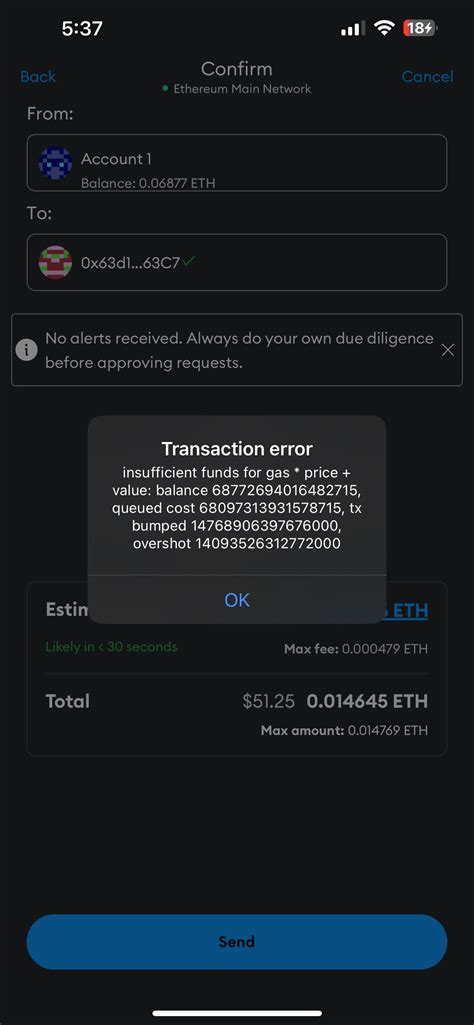Ethereum: Metamask tries to connect when it shouldn’t
As an avid developer and user of Ethereum-based blockchain platforms, I recently encountered a frustrating issue with Metamask, one of the most popular wallet solutions. The problem lies in the way Metamask tries to establish connections with smart contracts deployed on the Ethereum network.
If, like me before, you’re trying to embed interactivity into your site using plain JavaScript and HTML, you might assume that Metamask can authenticate your interactions and provide a smooth user experience. But here’s where it gets confusing.
Problem:
Metamask uses Web3.js, a popular JavaScript library to interact with the Ethereum blockchain. When smart contracts are deployed via the hardhat-deploy plugin, MetaMask tries to establish connections to those contracts by sending requests to the wallet’s public key. This process relies on various cryptographic techniques such as the Elliptic Curve Digital Signature Algorithm (ECDSA) and QR code-based authentication.
However, when you try to connect to your site, Metamask appears to send a request to the contract, assuming it was initiated by the user. Unfortunately, that is not the case. The wallet has no actual control over user interactions; instead, it attempts to re-establish a pre-existing connection using its own authentication mechanisms.
Problem:
This means that when you try to interact with your site via interactive features (e.g. clicks, keystrokes), Metamask essentially “blocks” the connection. This is because the wallet has already been authenticated via a smart contract and is now attempting to enforce that authentication via its own request.
Consequences:
Due to this issue, users may experience frustrating errors or may even be completely prevented from interacting with your site. Furthermore, if you are using Metamask for sensitive operations such as payment processing or data encryption, these issues can have serious consequences.
Solution:
To solve this problem, one must understand how Web3.js works and what basic authentication mechanisms Metamask uses. Here are some possible solutions:
- Use the hardhat-deploy plugin with MetaMask integration: This allows you to deploy contracts directly to your local Ethereum network and use Metamask as a middleware layer for authentication.
- Implement custom authentication mechanisms: You can create your own authentication scheme that does not rely on Web3.js or Metamask’s internal components. While this may require additional programming effort, it provides greater control over the interaction process.
- Use a different wallet solution: If you are not using the hardhat-deploy plugin, consider switching to a third-party wallet solution such as MetaMask or Trust Wallet, which offers more explicit user authentication.
Application:

The issue of Metamask connecting when it shouldn’t is a frustrating consequence of the way Ethereum-based blockchain platforms work. By understanding the internal workings of Web3.js and the authentication mechanisms used by Metamask, developers can build more robust solutions for their applications.
